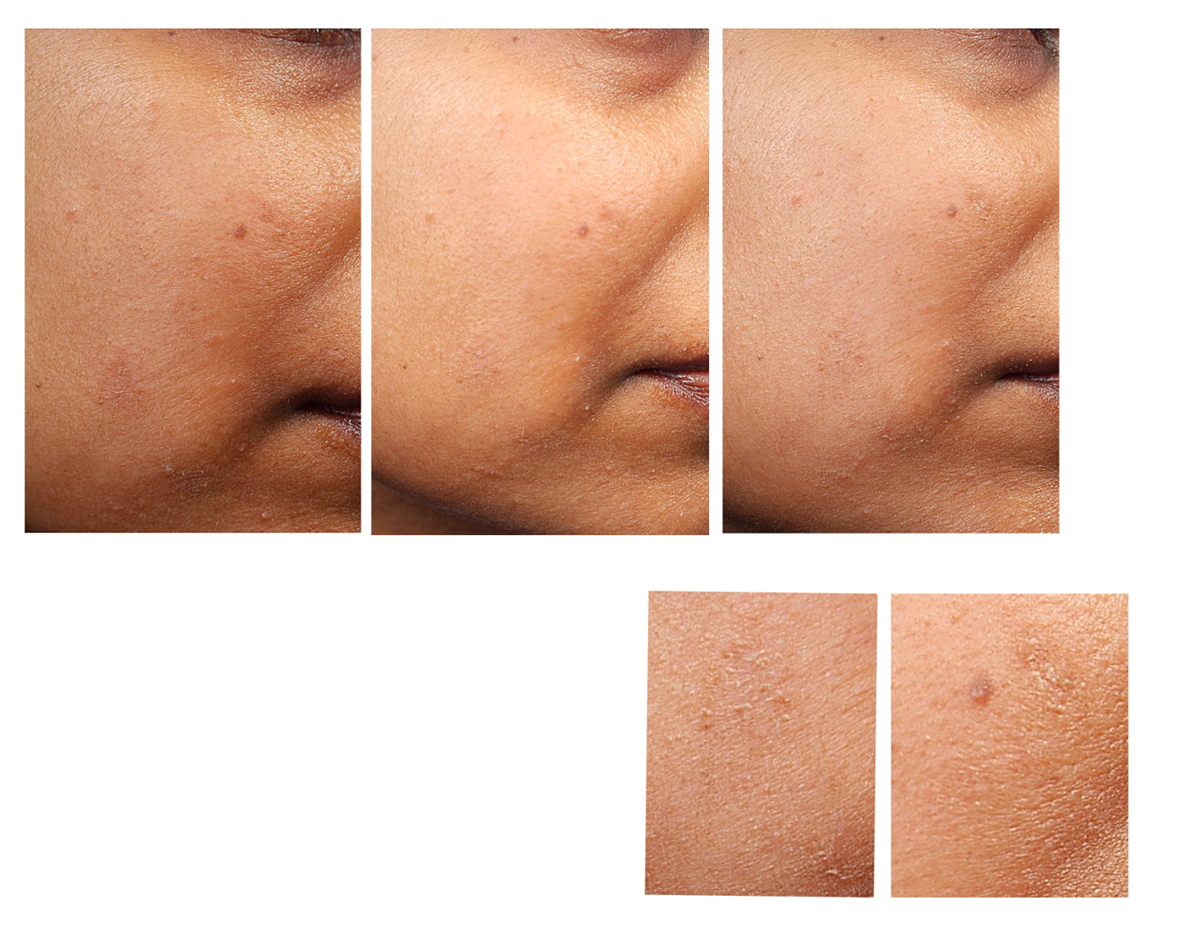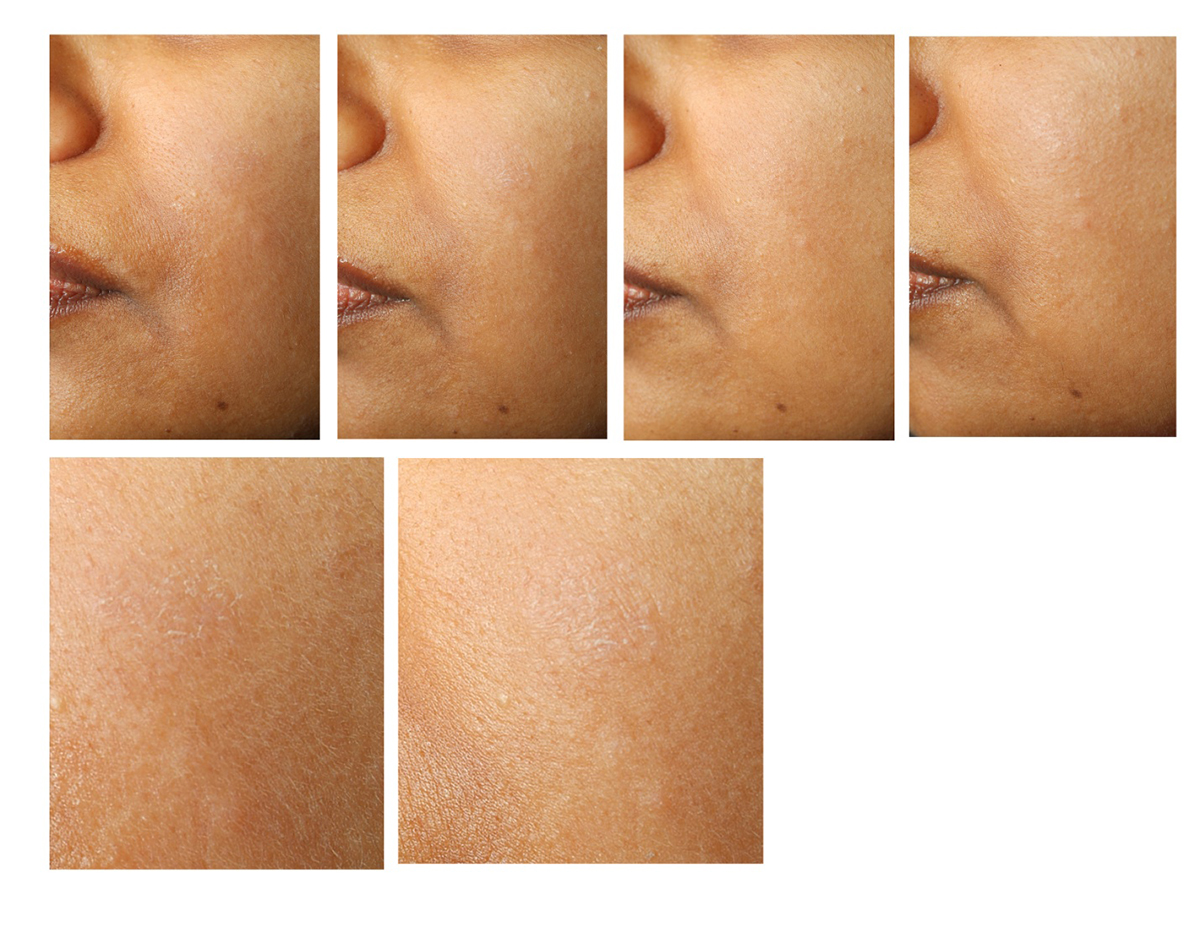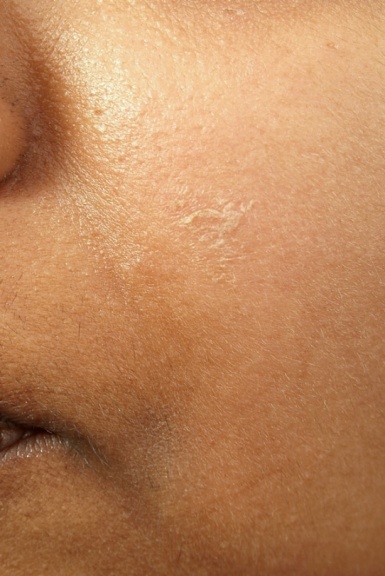In this the first of a four part series, Chanda Siddoo-Atwal, President and Primary Biochemist of Moondust Cosmetics Ltd., provides comment on the Human Sunburn Cycle, including why some people get sunburnt even while wearing sunscreen
The purpose of sunscreen is to protect against the damage caused by ultraviolet rays to skin cells that can result in cancer. However, currently, many sunscreens only provide protection against erythema and a specific kind of tanning known as immediate pigment darkening (IPD), neither of which has been shown to cause cancer (1). Moreover, they do not prevent apoptotic sunburn. Sunburn is a human response to sun exposure that includes at least three stages of Inflammation, New Tissue Formation, and Apoptosis. It is the last of these which has been linked to carcinogenesis. A series of studies have provided evidence that several commercially available sunscreens do not provide sufficient protection against apoptotic sunburn and, therefore, may pose a potential danger to their users.
The Human Sunburn Cycle
The experimental design of this study was identical in each trial such that the subject sat upon a park bench at noon facing the direct sunlight on a clear, sunny day. Each experiment lasted between 30 and 60 minutes following the application of sunscreen ranging from 15 to 30 SPF. The control experiment was performed under the same conditions without the application of any sunscreen or sun lotion. Photographs of the face were taken starting 24 hours from the time of commencement of initial sun exposure, which was deemed as 0 hours at noon on the previous day. All experiments were conducted between the winter and spring months of February and May at Ambleside Beach in West Vancouver, British Columbia (Canada). A control subject who did not get sunburnt under the same conditions was also included in the study. These same results were repeatedly observed several times under similar conditions (2).

New tissue formation is stimulated some time after initial exposure and it is complete within one week. In the last apoptotic phase, the top layer of dead skin cells sloughs off to reveal a new tissue layer beneath. This process directly follows on from the inflammatory phase and is complete approximately seven days following exposure. While there is some redness and inflammation following initial exposure and on day one, the inflammatory reaction seems to peak on day two. The onset of apoptosis (visible peeling) occurs between day two and day three while there is an accompanying decrease in redness and inflammation. The peak of apoptosis, visible as peeling, is seen on day four which declines gradually on day five and six as the dead cells fall away from the skin. By day seven, recovery is usually complete and the old cells have been replaced by new ones (3).

Sunburn research
This study also shows that sunburn can occur despite the use of sunscreen (15 SPF) containing titanium dioxide, zinc oxide, octyl methoxycinnamate, or benzophenone-3 during winter months in a temperate climate (Figures 1 & 3). Indeed, it may even cause burns to be more severe or to occur in regions in which they are not ordinarily seen, for example, around moles. However, as one would expect in areas of melanin concentration, moles themselves remain unsusceptible to apoptosis (programmed cell death). Moreover, melanin itself is known to be a good conductor once coated with metal and two of the foremost sunscreen ingredients are microfine titanium dioxide and zinc oxide.

References
- Bernerd F, Vioux C, Lejeune F, Asselineau D. (2003) The sun protection factor (SPF) inadequately defines broad spectrum photoprotection: demonstration using skin reconstructed. European Journal of Dermatology 13(3): 242-249
- Siddoo-Atwal C. (2011) A Case-Study of Apoptotic Sunburn with Sunscreen. Indian Journal of Ecology 38(2): 300-301
- Siddoo-Atwal C (2019) Chapter 4 – Genes That Can Cause Cancer in “Gene Expression Profiling in Cancer” INTECH (edited by Vlachakis D). DOI: 10.5772/intechopen.83549
- Van Hogerlinden M, Rozell BL, Ahrlund-Richter L, ToftgArd R. (1999) Squamous cell carcinomas and increased apoptosis in skin with inhibited rel/nuclear factor-κB signaling. Cancer Research 59: 3299-3303
- Siddoo-Atwal C. (2009) Ataxia-telangiectasia [AT], apoptosis, and cancer: a viewpoint. Indian Journal of Ecology 36(2): 103-110
Please note: This is a commercial profile











